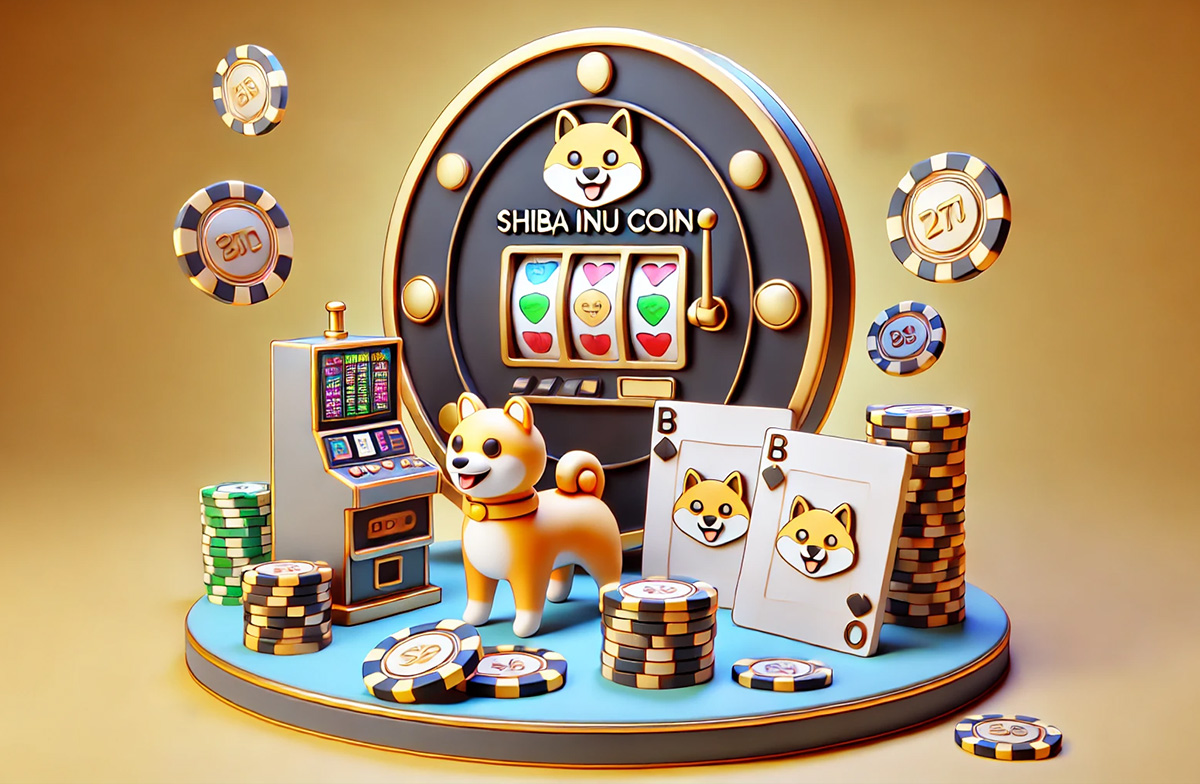Loyalty programs have long been a staple in the retail and hospitality sectors, designed to reward customers for their continued patronage. In recent years, particularly in the Philippines, these programs have been experiencing a significant transformation driven by technological advancements, changing consumer behaviors, and the evolving marketplace. As we look toward the future, it’s clear that loyalty programs in the Philippines will become more innovative, personalized, and integrated into the overall customer experience. This article explores emerging trends and predictions for loyalty programs in the country.
The Rise of Digital and Mobile Integration
One of the most significant trends shaping the future of loyalty programs is the increasing reliance on digital and mobile platforms. With the Philippines boasting one of the highest smartphone penetration rates in Southeast Asia, brands are seizing the opportunity to create mobile apps and digital wallets that serve as platforms for loyalty programs.
These apps will not only allow customers to track their points but also provide personalized offers, exclusive rewards, and real-time updates on promotions. For instance, a customer might receive a notification for a double points day specifically for items they frequently purchase. The convenience of mobile integration simplifies the user experience, allowing for instant access to rewards and promotions that align with consumer habits.
Personalization Through Data Analytics
As data analytics continues to evolve, businesses in the Philippines are increasingly leveraging customer data to create personalized experiences. This shift towards personalization is crucial for loyalty programs to remain relevant and engaging.
By analyzing purchase history, preferences, and behavior, brands can tailor their offerings and communications for each customer. In the near future, expect to see loyalty programs that go beyond generic offers and instead deliver customized promotions that resonate with individual consumers. This might include birthday discounts, loyalty rewards based on previous purchases, or targeted recommendations for products that complement past buys.
Gamification and Engagement
Gamification is another trend poised to redefine loyalty programs in the Philippines. By incorporating game-like elements, brands can enhance user engagement and create a more enjoyable experience.
Imagine a loyalty program where customers earn badges for reaching certain milestones, complete challenges to gain bonus points, or participate in contests for exclusive rewards. This approach not only keeps customers entertained but also fosters a sense of community around the brand. As competition intensifies, gamification will become an essential tool for brands looking to differentiate themselves and create lasting connections with their customers.
Multi-Brand and Collaborative Loyalty Programs
A growing trend in the loyalty space is the development of multi-brand and collaborative loyalty programs. In a fragmented market like the Philippines, customers often hold loyalty accounts with multiple brands. A collaborative approach enables brands within similar sectors (e.g., food, retail, and travel) to come together to create a unified loyalty program.
Such collaborations can lead to greater reward opportunities for consumers, allowing them to earn and redeem points across various brands. For instance, a customer might earn points shopping at a clothing store that they can later redeem for a meal at a partner restaurant. This not only enhances the value proposition for consumers but also encourages cross-brand patronage, ultimately driving up sales for all participating entities.
Sustainability and Social Responsibility
As awareness around sustainability and corporate social responsibility grows, loyalty programs in the Philippines will need to reflect these values. Consumers are increasingly looking for brands that prioritize environmental and social governance.
Future loyalty programs may include opportunities for customers to earn rewards for sustainable actions, such as using eco-friendly packaging or opting for digital receipts instead of paper ones. Brands that align with social causes, such as local community support or sustainable sourcing, will likely resonate more with consumers, fostering loyalty among socially conscious shoppers.
Conclusion
The future of loyalty programs in the Philippines is poised for innovation and transformation. As brands adapt to the rapidly changing market landscape, they will find ways to incorporate technology, personalization, gamification, collaboration, and sustainability into their loyalty offerings.
With a population that values relationships and connection, loyalty programs that effectively engage and reward consumers will reap the benefits of increased customer retention, enhanced brand loyalty, and ultimately, greater profitability. As we advance into this new era of consumer engagement, businesses must stay ahead of the curve to ensure that their loyalty programs are not only relevant but also meaningful to their customers.





